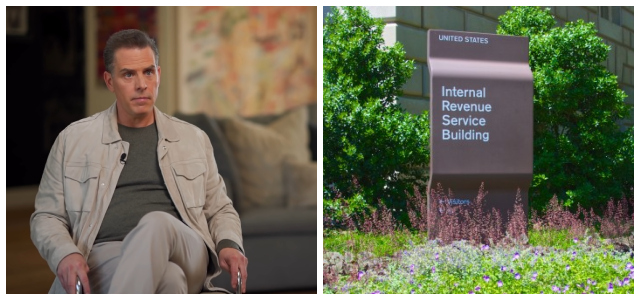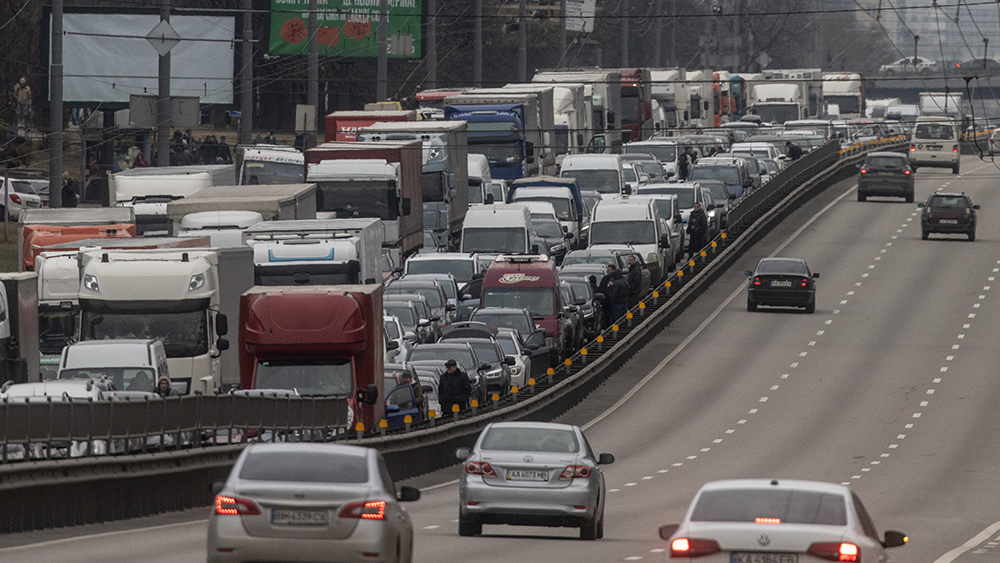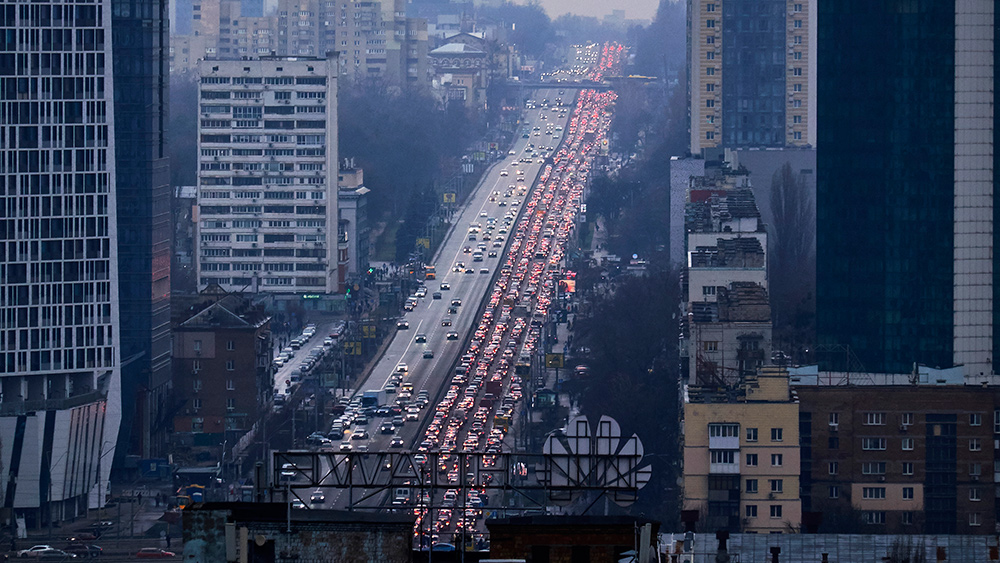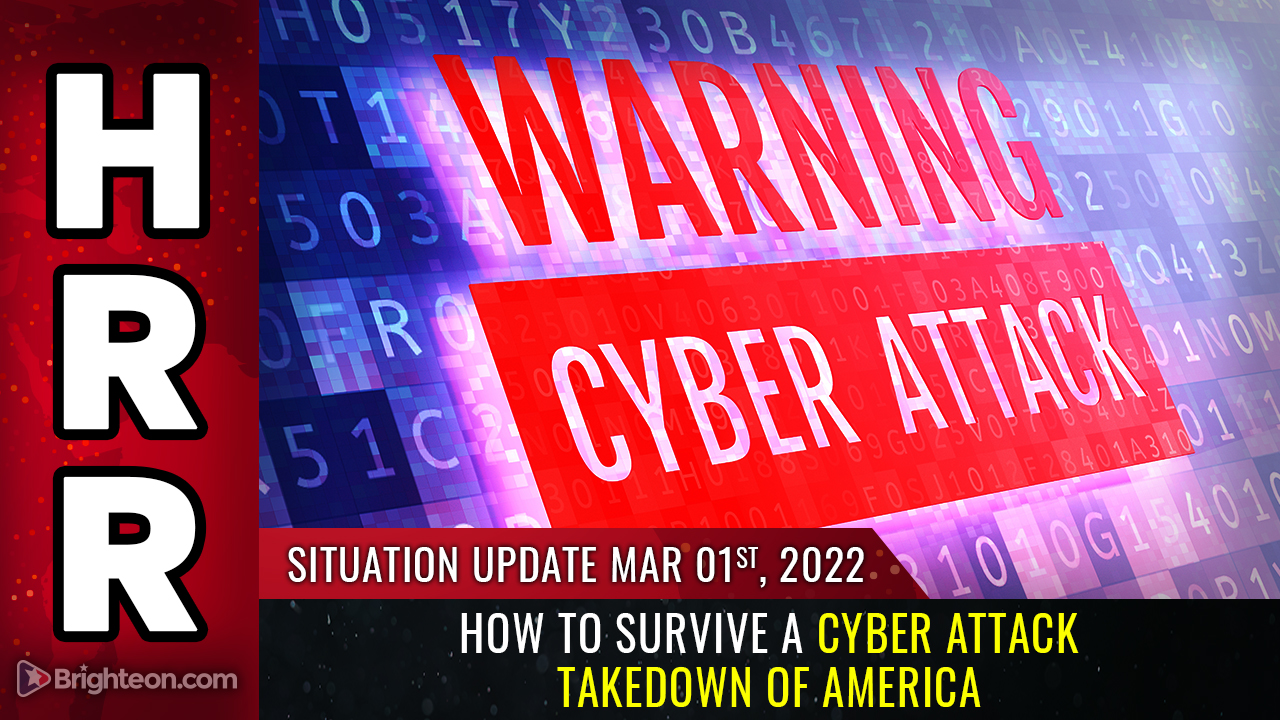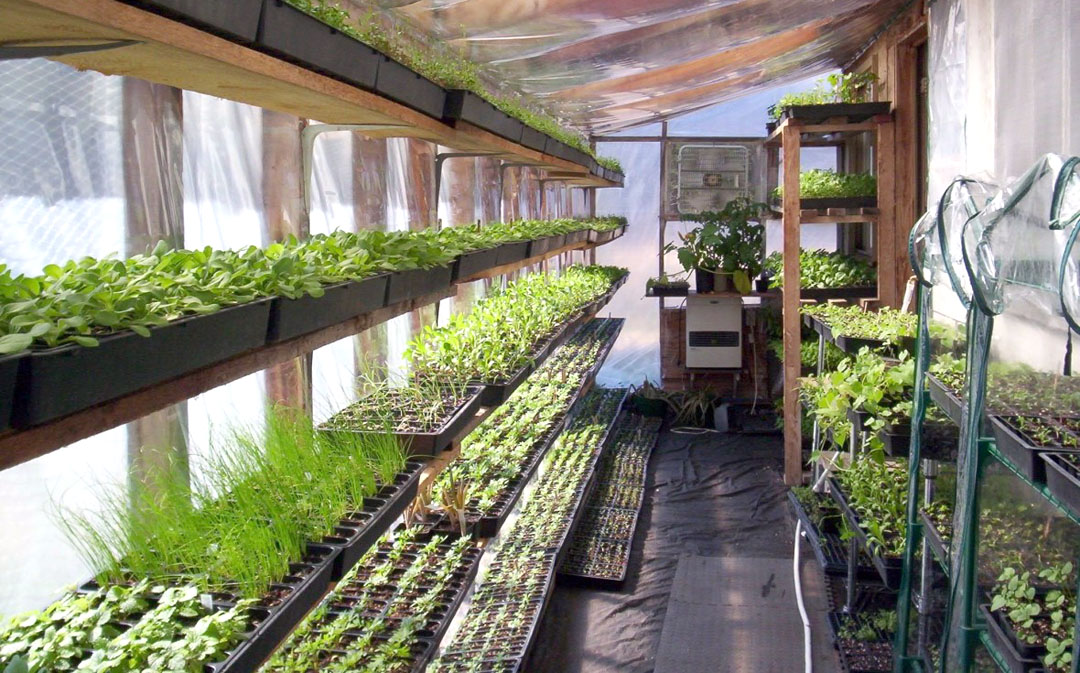
(Bugout.news) Unbeknownst to most Americans is the fact that our “farm-to-fork” logistical food chain is extremely fragile, thanks to modern-day technology and the business practices of the nation’s food retailers.
What’s more, this vulnerability is well-known to the federal government, as food and agriculture is included as one of the 16 critical infrastructure sectors identified by the Dept. of Homeland Security’s National Infrastructure Protection Plan. Still, though DHS is aware of the vulnerabilities in our food supply, the sector gets comparatively less attention than other sectors like airline security, cyber threats and immigration.
That said, a major agriculture disaster – say, an incurable illness (or intentional poisoning) of livestock herds on a large scale a massive infestation of plant-eating pests or some other natural- or man-caused problem – would be a major blow to food availability, causing widespread panic and social chaos.
But most of us don’t think much about the fact that there is only about three days’ worth of food in the logistical chain at any given time. We don’t think about it because generally speaking our food logistics chain runs pretty smoothly. On any day we can waltz into our local grocery store and see lines of produce and canned foods, as well as amply-stocked dairy, mean and freezer aisles.
What’s more, most of us are just a few minutes away from a fresh, hot meal at any number of restaurants and eateries.
All told, Americans spend the lowest amount of their incomes on food – lower than most every other country on the planet, according to a survey [PDF] by Washington State University (just 6.8 percent compared to Kenya, whose residents spend 44.9 percent of incomes on food).
Since the Industrial Revolution, however, fewer and fewer Americans make their living on a farm. In fact, these days the fewest number of Americans in the country’s history work in agriculture. In 1880, 80 percent of Americans worked in agriculture; today that figures is less than 2 percent. So in essence, 2 percent of Americans work to feed the other 98 percent (and much of the world).
So you can see why food security is on the government’s list of high-priority infrastructure.
“I for the life of me cannot understand why the terrorists have not, you know, attacked our food supply, because it is so easy to do,” former Health and Human Services Secretary Tommy Thompson once observed. In addition, U.S. Sen. Susan Collins, R-Maine, has also observed, “In the war on terrorism, the fields and pastures of America’s farmland might seem at first to have nothing in common with the towers of the World Trade Center or busy seaports. In fact, however, they are merely different manifestations of the same high priority target, the American economy.”
While not many Americans actually farm anymore, that isn’t to say that agriculture isn’t a major part of what we produce annually. “The United States is home to over 2 million individual farms, 900,000 agribusiness firms, 4,700 grain elevators, and 1,600 animal feed mills. Agriculture represents 1/5 of U.S. economic activity,” says this Medium report. Most food production takes place in the Midwest, so this region is particularly vulnerable to any attack or sabotage.
“The food chain is a system. Actually it is a system of systems. The food production chain is the system by which food is grown, raised, cultivated, or produced, then collected, processed, shipped, marketed, and finally bought and consumed by you. Within this system are dozens if not hundreds of other systems working within the larger system,” the Medium report noted.
The question becomes, then, what can we do to mitigate any large-scale interruption in this fragile, interconnected chain, especially given the reality that this chain will never be 100 percent secure?
The short answer is, we must become as self-sufficient as we can. That said, we don’t have to learn and become proficient at everything in order to be self-sufficient; self-sufficiency is often a shared responsibility between groups of people like our neighbors. Skilled are swapped and abilities are exchanged for goods, services, commodities and other needs. If you’re a great carpenter but a lousy farmer, you have a skill you can trade for food. And maybe in the meantime, you can learn to be a better farmer from your neighbor while teaching him or her how to be a better carpenter. And so on.
Growing and storing food, though, is the most important priority next to securing a safe supply of drinking water. We can grow food in a variety of ways, even if we don’t have a ton of land in which to grow it.
Seeds are cheap and come with instructions. There is technology available to grow food year-round indoors. You can also construct a greenhouse if you have the space. Learning how to raise chickens or what it takes to raise and maintain goats for milk are lessons easily accessible online; all it takes is a few minutes each evening to sit down with your family and discover something new you can do to ensure your own food security. And, of course, there is always long-term storage food (we recommend NuManna).
The point is, we know that our food chain is fragile; we know that we are personally responsible for our own survival, not the corporate Ag giants, the grocery retailers or the cattle farmers. The question is, have we provided for our own food security? There’s no time like the present.
Bugout.news is part of the USA Features Media network.
Please contact us for more information.









